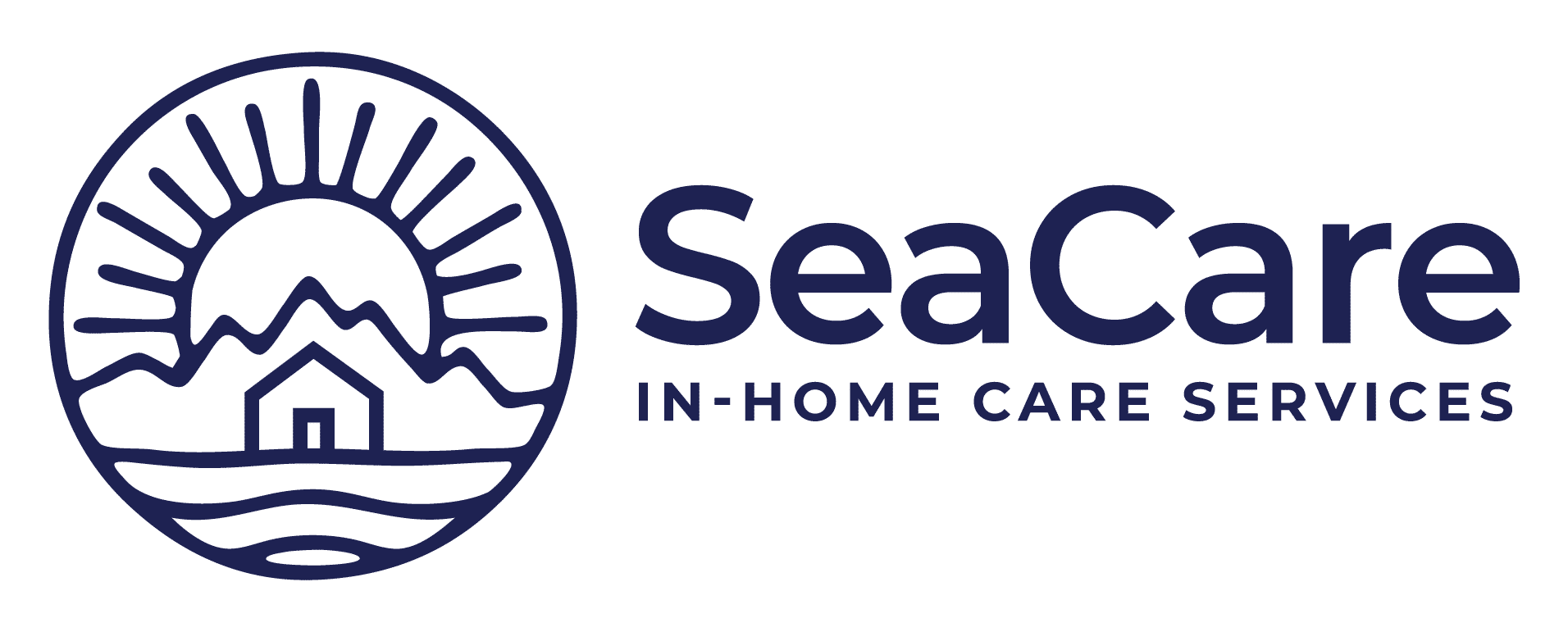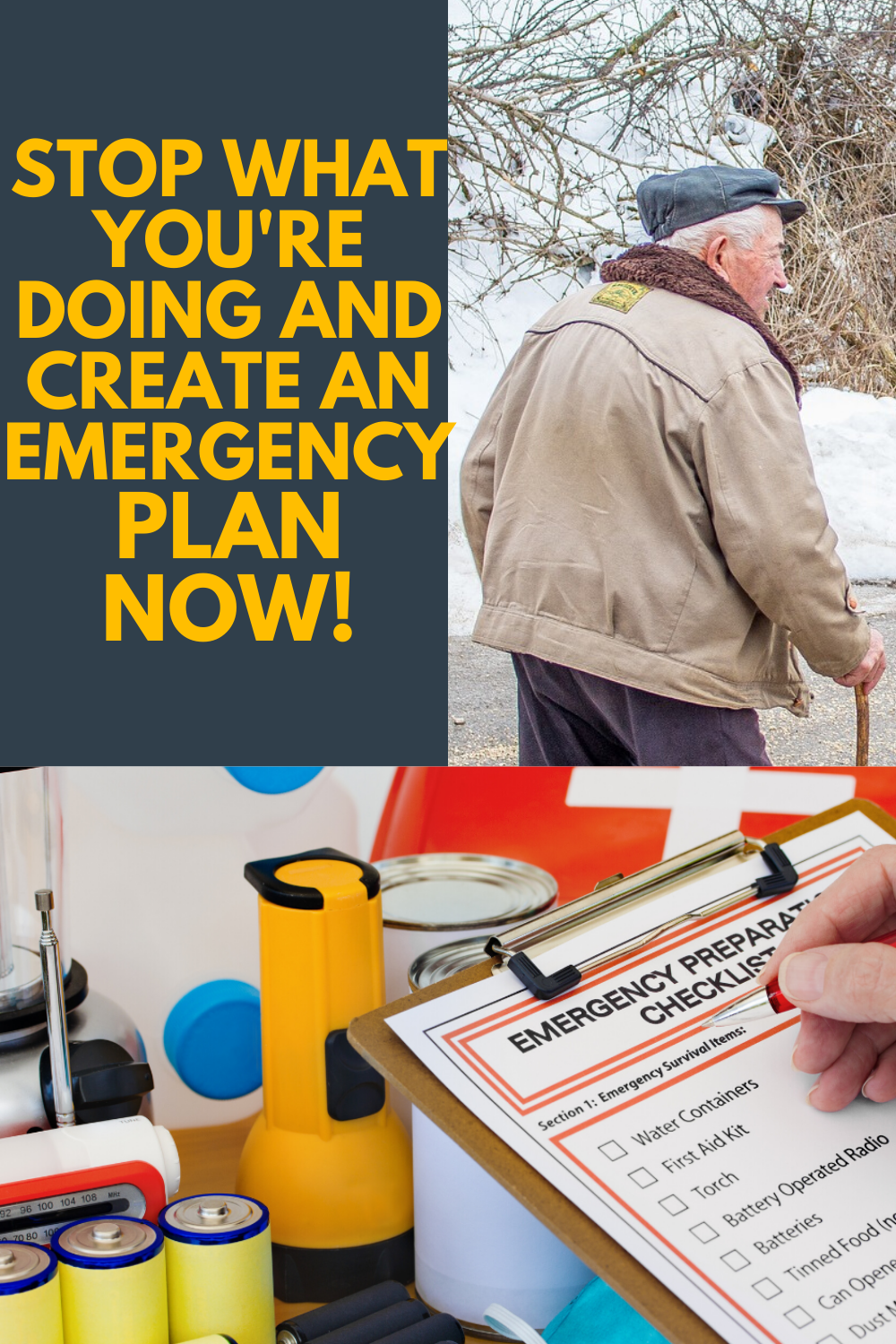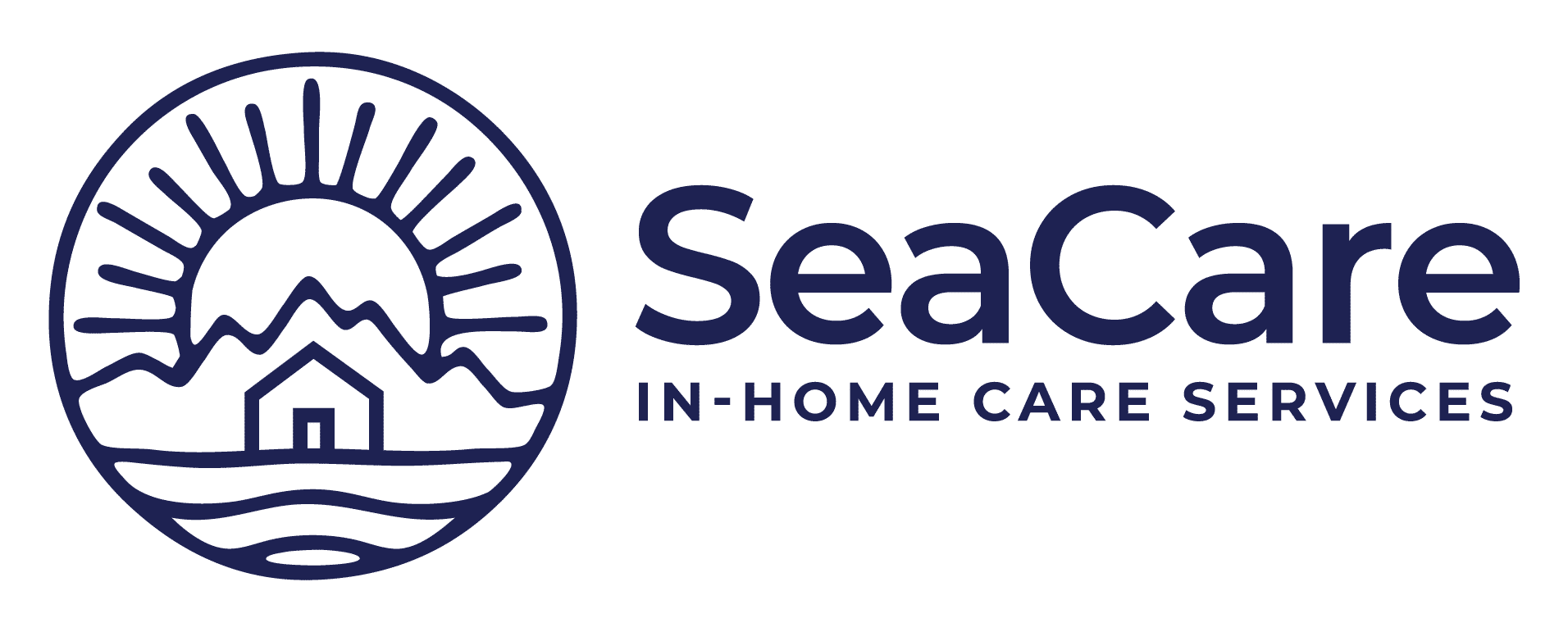Stop What You’re Doing and Create a Emergency Preparedness Plan Now!
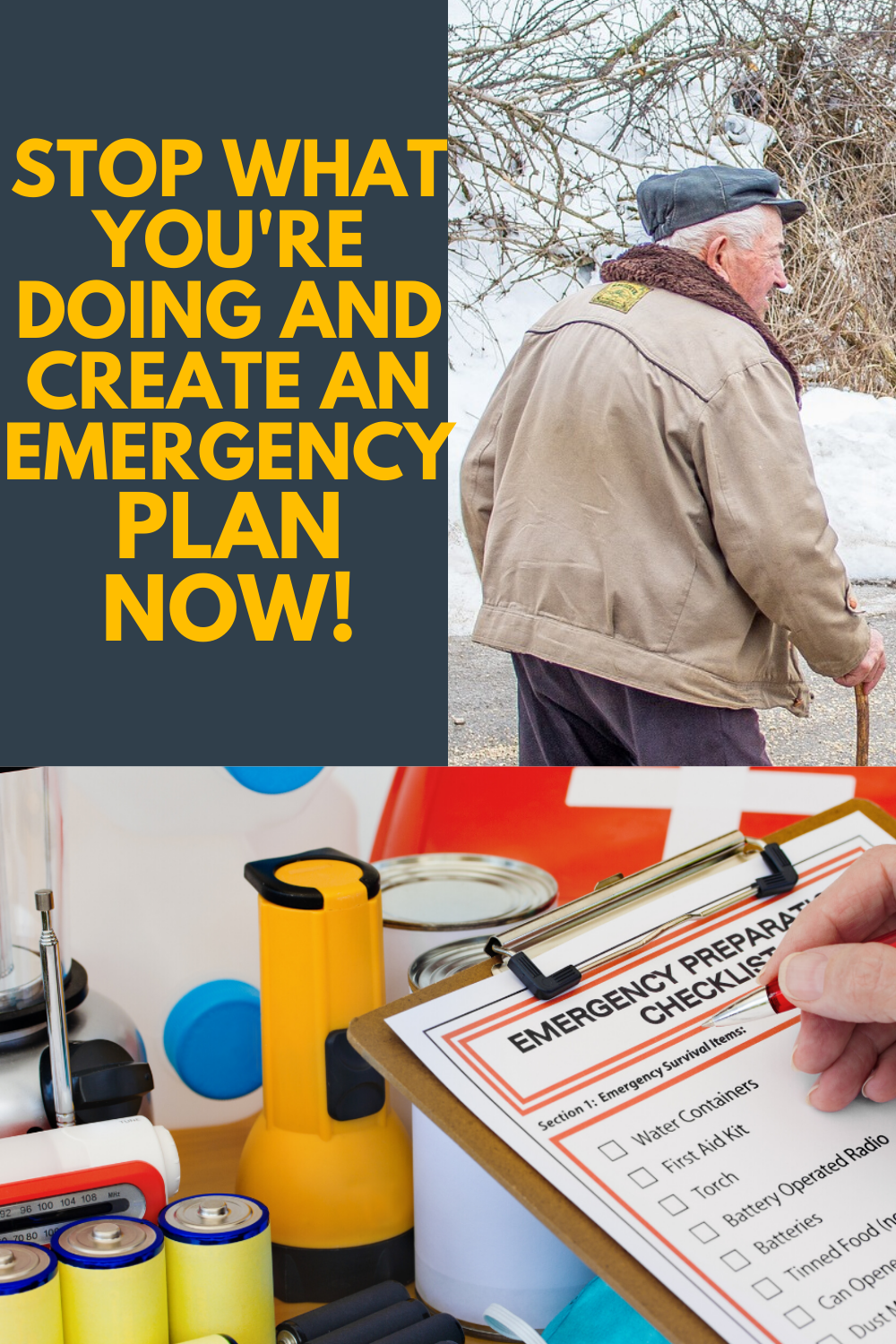 For the last several days, the Puget Sound area of Washington has been blanketed in snow. The area is used to a wetter form of precipitation falling from the sky, and the snow brought no end to our dismay. The roads were made impassible, bread and milk disappeared from store shelves, and children were blessed with one snow day after another. While Armageddon never truly descended, it was a great reminder to us at SeaCare that we needed to review our family emergency preparedness plans. As a home care agency, the hubbub around the snowstorm led us to contemplate how those plans may have to evolve as we age.
For the last several days, the Puget Sound area of Washington has been blanketed in snow. The area is used to a wetter form of precipitation falling from the sky, and the snow brought no end to our dismay. The roads were made impassible, bread and milk disappeared from store shelves, and children were blessed with one snow day after another. While Armageddon never truly descended, it was a great reminder to us at SeaCare that we needed to review our family emergency preparedness plans. As a home care agency, the hubbub around the snowstorm led us to contemplate how those plans may have to evolve as we age.
Washington is no stranger to severe weather. Only a few weeks ago, the road were flooded, and now they’re are slick with snow and ice. Washingtonians also know various natural disasters are a possibility. Not only have we bared the back and forward weather of January 2020, we have earthquakes and forest fires, and even a volcano to keep in mind!
In 2016 the “Washington’s National Guard, the U.S. Navy, Coast Guard, and other state and federal agencies, and citizen volunteers participated in Cascadia Rising.” This drill tested the Pacific Northwest Region’s ability to respond to a catastrophic natural disaster. It provided a new sobering reality; our region’s response teams aren’t prepared to help everyone within the three-day window commonly quoted for emergency plans and kits. This article leans on the lessons learned in the drill and recommends having at least two weeks of emergency supplies to be fully prepared for any of the above scenarios.
We don’t advocate living in a state of fear and panic. However, SeaCare does advocate for having an emergency plan and communicating that plan to your loved ones, caregivers, and other support providers. So we’ve assembled the research here. Part how-to, part list of resources, this blog post aims to equip you with the knowledge necessary to create a solid emergency preparedness plan with the unique struggles seniors may face in mind.
Creating Your Plan
Start with identifying who your support system is so that you can include them in your planning, as well as count on them to check in with you in the case of an emergency. This would consist of family and friends, neighbors, and faith leaders. These last three groups become particularly important if your family lives far from you and won’t be able to check in regularly. 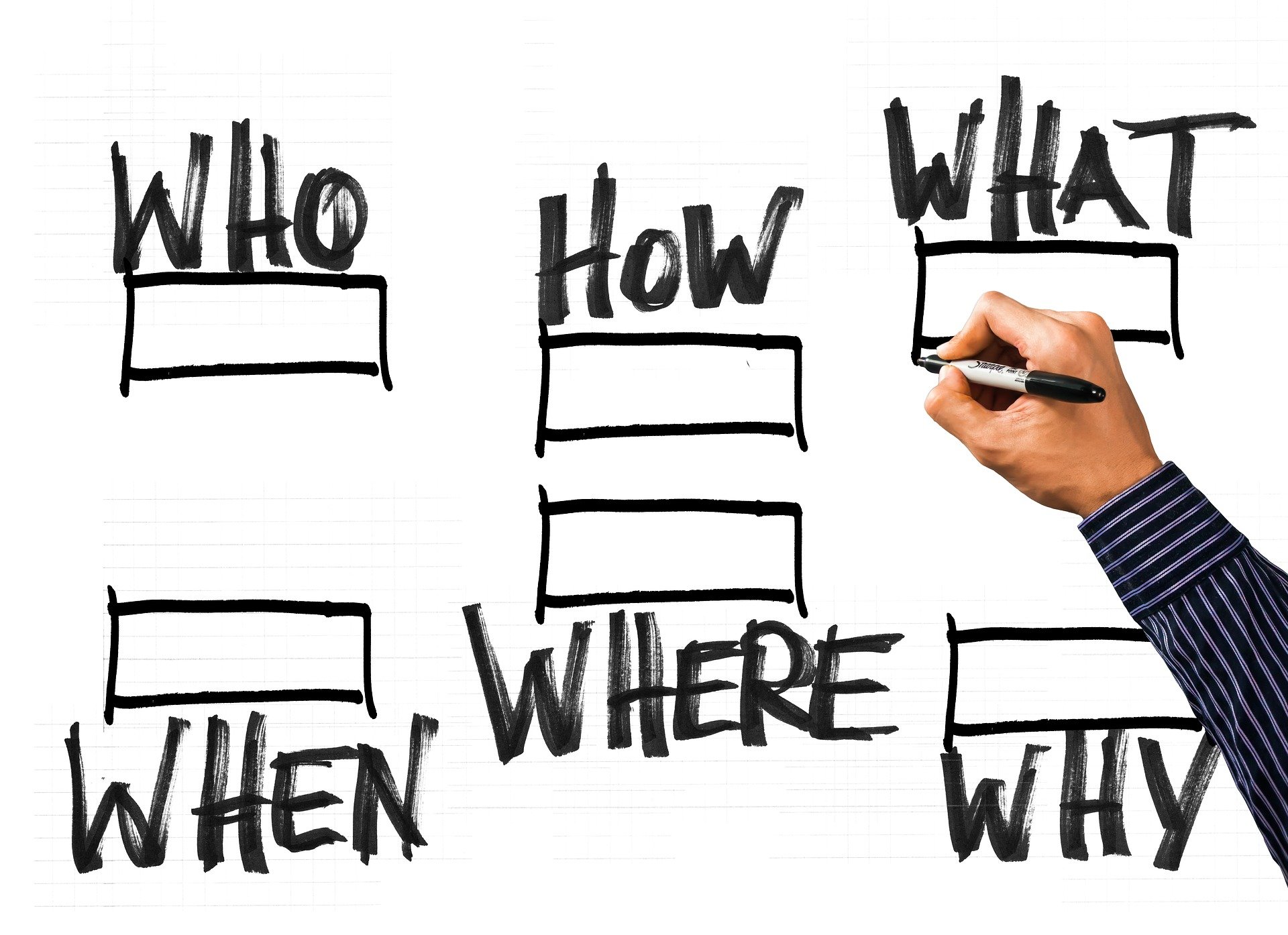
With your support system, start to identify the different risks you might face and come up with solutions and plans for those. Senior Living has a list of possible disasters to start with. Remember to create plans both for evacuation and sheltering in place. Then practice those plans periodically and make sure everyone understands their role.
Remember to acquire a copy of your local emergency plan. For example, the city of Bellevue (where SeaCare In-Home Care Services’ home office is located) has a website dedicated to preparedness. It has helpful guides that may answer some of your questions.
Remember to include a list of all pertinent emergency contact information with your plan, for example, police and fire station phone numbers, as well as the phone numbers of your doctors and other emergency services.
Remember also to have an emergency plan for how you will continue receiving routine medical care, like dialysis, chemotherapy, or physical therapy treatments. Ask your care providers where to go for treatment if emergency weather interrupts regular business hours.
Creating an Emergency Medical Kit
As stated above, while most emergency planning websites say that you need at least 3 days of necessary living supplies, if you live in the Pacific Northwest, 2 weeks is better. The same goes for your medical kit. Plan for 2 weeks of medication.
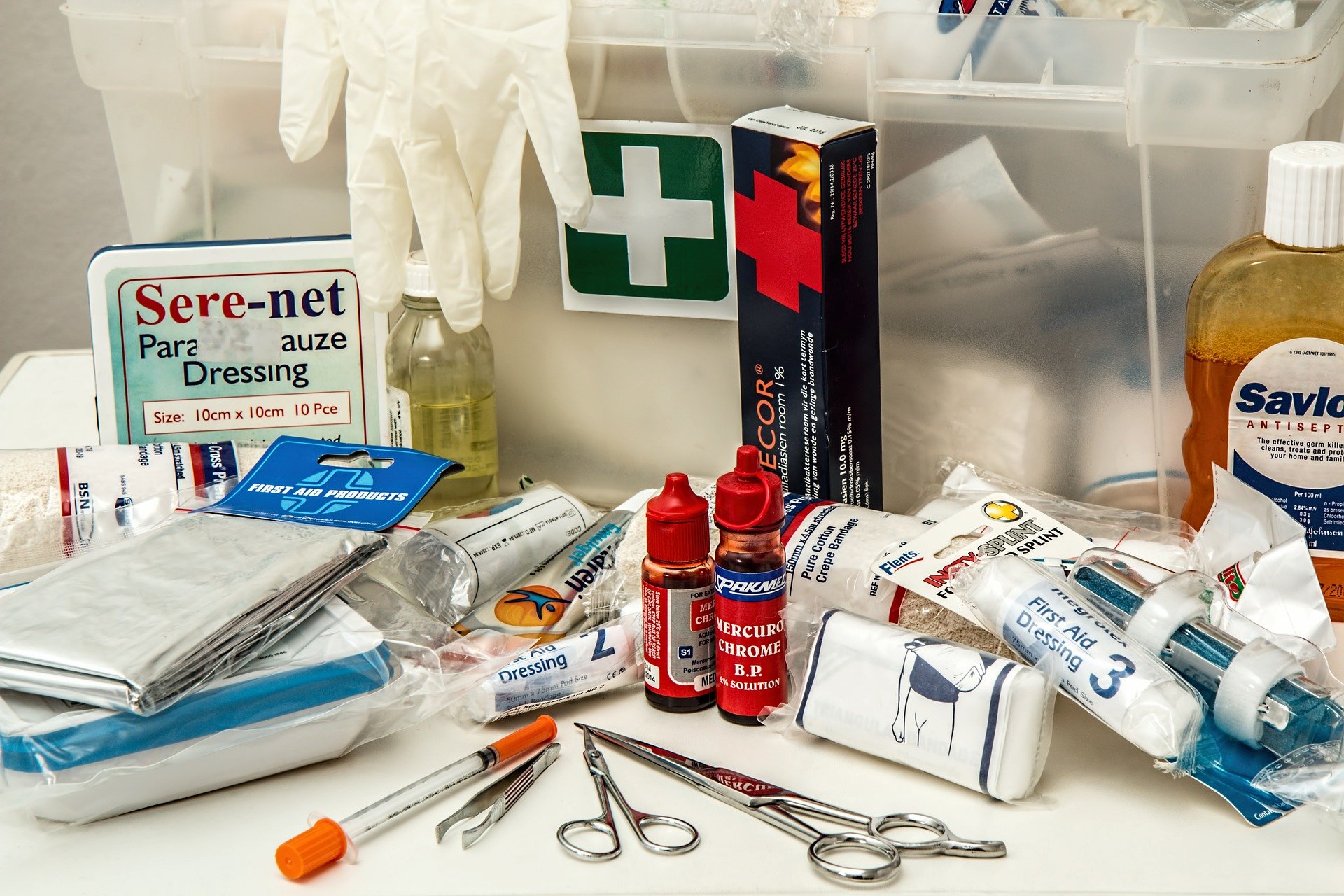 Special consideration needs to be given to the assistive technologies you rely on throughout the day. Will you be able to adapt if they lose power? In what ways will you ensure they continue working when you need them? Consider keeping extra batteries set aside for hearing aids, blood sugar, and pressure measuring equipment, in addition to the ones you’ve saved for your flashlights.
Special consideration needs to be given to the assistive technologies you rely on throughout the day. Will you be able to adapt if they lose power? In what ways will you ensure they continue working when you need them? Consider keeping extra batteries set aside for hearing aids, blood sugar, and pressure measuring equipment, in addition to the ones you’ve saved for your flashlights.
Keep copies of your treatment plan with your medical kit, as well as an up-to-date list of all current medications and doses. Ask your doctor to print you a copy during your visits.
Consider purchasing a medical alert ID bracelet. In the event you are incapacitated, this could save your life.
Creating an Emergency Kit
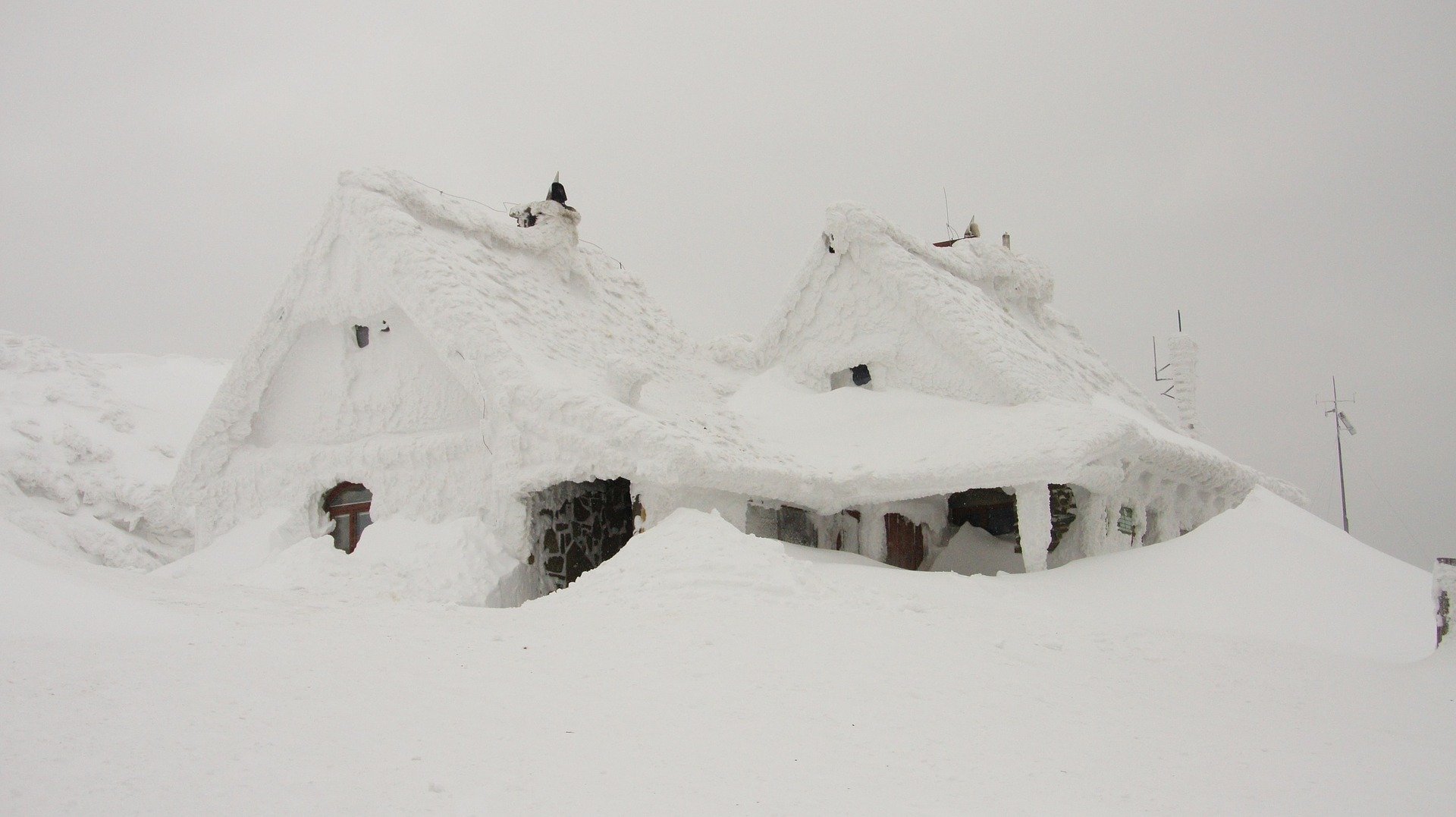
This might be the part of emergency planning that you are most familiar with. There are multiple online lists of items to include in your emergency kits, like the one below from healthinaging.org:
- Water. Plan for at least 1 gallon per person per day, and at least a 3-day supply.
- Food. At least a 3-day supply of canned and dried foods that won’t spoil. Juices, soups, and high-protein shakes may be particularly helpful.
- Basic supplies. A manual can opener, flashlight, battery-powered or hand-cranked radio, batteries, waterproof matches, knife, resealable plastic bags, tin foil, disposable cups, plates, utensils, basic cooking utensils, emergency whistle, and cell phone with chargers, battery bank, or solar charger.
- Maps. Local and regional maps in case roads are blocked, and you need to take detours.
- Change of clothing & blankets. A complete set of clothing per person: a long-sleeved shirt, long pants, shoes, and weather-appropriate outerwear. Also, include one blanket per person.
- Contact info and critical papers. Have the phone numbers and addresses of friends and relatives you might need to contact, your healthcare provider, and any specialists you see. Also, include copies of your credit and identification cards.
- Cash. It’s a good idea to have at least $50 on hand; if that’s not possible, include as much as you can.
- First Aid kit. See the Red Cross’s comprehensive list of what to pack in your first aid kit. The Red Cross also sells pre-packaged first aid kits.
- Basic hygiene products. Include soap, toothpaste, toothbrushes, sunscreen, hand sanitizer, toilet paper, baby wipes, and a few trash bags for garbage, feminine hygiene products.
The 2016 Cascadia Rising Drill, conducted in the Pacific Northwest, provides us the sobering reality that 3 days will not be enough in a large disaster, but it’s a start.
Emergency Preparedness Resources To Help You Get Started
There’s only so much information a blog post on the internet can give you. There are several PDFs and checklists online that will help you create the best emergency plan you can.
Disaster Preparedness: For Seniors by Seniors
This 32-page E-book, released by the American Red Cross, was written by a group of seniors that experienced a two-week power outage that they were unprepared for. Each section includes helpful checklists.
Emergency Preparedness for Caregivers
If you’re a caregiver, then this 8 page PDF e-book will help you create a plan for your loved one. The last page includes more helpful resources.
Prepare Elders for Emergencies
If the first two resources seemed overwhelming, then perhaps this one-page checklist is just what you need to get started.
Emergency Preparedness for Older Adults
CDC guidance on emergency preparedness for seniors
Disaster Preparedness for Older Adults
List of resources prepared by Public Health Emergency Services to help seniors formulate their emergency plan.
